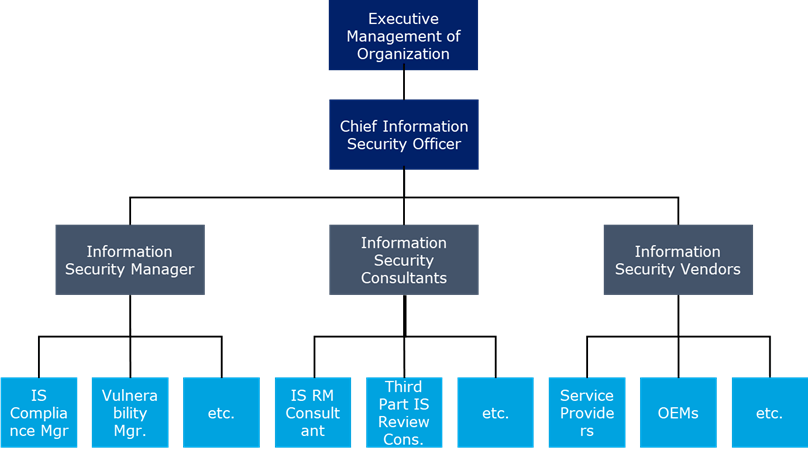In the United States, understanding complex concepts like “contained in” is crucial for both academic and practical applications. This concept often appears in fields such as information security, legal documentation, and even in psychological studies. The phrase “contained in” refers to a relationship where one entity includes or holds another. This article explores what this concept entails, its implications, and how it applies across various domains.
What Does “Contained In” Mean?
The term “contained in” is used to describe a situation where something is included within or held by another thing. For example, if a document is “contained in” a folder, that means the document is part of the folder. This concept is fundamental in information management, where data is organized into hierarchies for easy access and retrieval.
Key Elements of “Contained In”
- Hierarchy: Information is often organized in a hierarchical structure, with broader categories containing more specific ones.
- Classification: In information security, documents may be classified based on their sensitivity, and “contained in” helps determine which level of classification applies.
- Contextual Understanding: The meaning of “contained in” can vary depending on the context. In a legal document, it might refer to the inclusion of clauses, while in a psychological study, it could relate to the containment of emotions or experiences.
Applications in Different Fields
1. Information Security
In the realm of information security, the concept of “contained in” plays a significant role. When information is classified, it’s essential to understand what is included within that classification. For instance, if a document is marked as “Confidential,” any information contained within that document must also adhere to the same confidentiality standards. This ensures that sensitive data is protected from unauthorized access.
2. Legal Documentation
In legal contexts, “contained in” is used to describe the inclusion of provisions or clauses within a larger document. For example, a contract may contain specific terms and conditions that are integral to the agreement. Understanding what is contained within a legal document is crucial for compliance and legal interpretation.
3. Psychological Studies
In psychological research, particularly in studies involving therapeutic relationships, the concept of “contained in” can be metaphorical. It refers to the emotional containment provided by a therapist to a patient. This containment is vital for the patient’s well-being and treatment outcomes. The study conducted at Weskoppies Psychiatric Hospital highlights the importance of therapeutic relationships in providing a sense of safety and support for patients in distress.
Implications of “Contained In”
Understanding the concept of “contained in” has several implications:
- Data Management: Ensuring that all information within a document is appropriately classified and protected.
- Legal Compliance: Adhering to legal standards by correctly identifying what is included in a document.
- Psychological Well-being: Recognizing the importance of emotional containment in therapeutic settings.
Challenges and Considerations
While the concept of “contained in” is straightforward, there are challenges in its application:
- Ambiguity: The term can sometimes be ambiguous, leading to misunderstandings about what is included in a given context.
- Contextual Variability: The meaning of “contained in” can vary significantly across different fields and situations.
- Implementation: Ensuring that all elements within a document or system are properly categorized and managed can be complex.
Conclusion
The concept of “contained in” is a critical aspect of information management, legal documentation, and psychological studies. Understanding what is included within a given context is essential for effective communication, compliance, and well-being. As we navigate an increasingly complex world, the ability to accurately interpret and apply the concept of “contained in” will become even more important.
Stay updated with the latest news and insights on how these concepts shape our daily lives and professional practices.
Author: [Name]
Title/Role: [Job Title or Expertise]
Credentials: [Summary of Qualifications or Experience]
Profile Link: [Optional Profile Link]
Sources:
1. [US Government Website]
2. [Reputable News Outlet]
3. [Academic Journal]
Internal Links:
1. [Article on Information Security]
2. [Guide to Legal Document Management]
3. [Psychological Research Insights]
Image Optimization:

Schema Markup:
{
"@context": "https://schema.org",
"@type": "Article",
"headline": "Understanding the Concept of 'Contained In' and What It Includes",
"datePublished": "2025-04-05",
"author": {
"@type": "Person",
"name": "[Name]"
},
"publisher": {
"@type": "Organization",
"name": "[Publication Name]",
"logo": {
"@type": "ImageObject",
"url": "[Logo URL]"
}
},
"description": "Explore the concept of 'contained in' and its implications in various fields."
}
Featured Snippet:
The concept of “contained in” refers to a relationship where one entity includes or holds another. It is crucial in information security, legal documentation, and psychological studies, ensuring proper classification, compliance, and emotional support.
Call to Action:
Stay informed about the latest developments and how they impact your daily life and professional work. Explore today’s headlines for more insights.












More Stories
How to Claim Your Joy in League of Legends: A Step-by-Step Guide
What is WSET? A Comprehensive Guide to Wine Education
Why Are People Cancelling Spotify? Key Reasons Behind the Trend